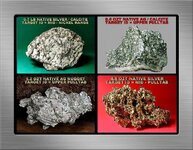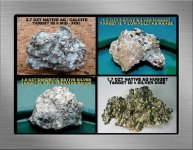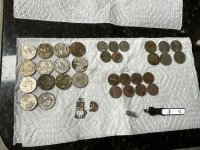Goldfynger
Greenie
- Sep 18, 2018
- 16
- 10
- Primary Interest:
- All Treasure Hunting
Anyone have any success detecting for raw Silver?
Is Silver something worth seeking with a metal detector?
Is Silver something worth seeking with a metal detector?
Amazon Forum Fav 👍
Upvote
0







